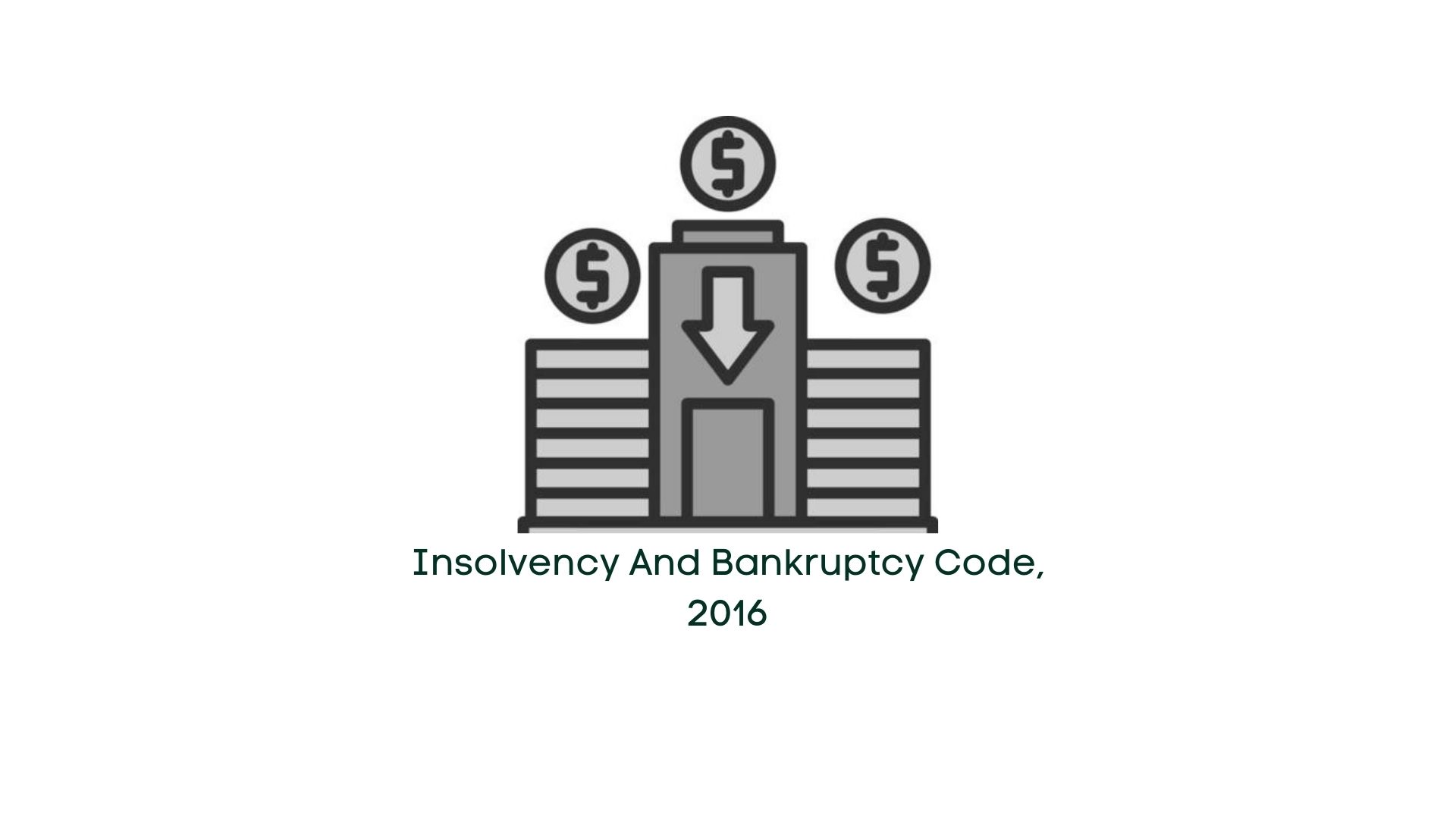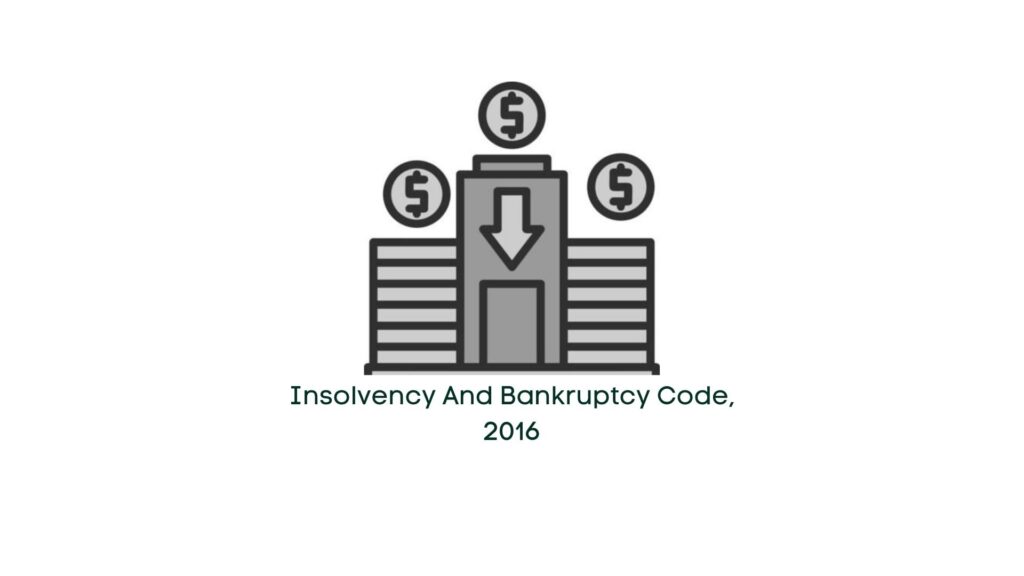
18 Mar Insolvency and Bankruptcy Code, 2016

Formation of the Insolvency and Bankruptcy Code, 2016:
Introduced in the Lok Sabha on December 21, 2015, the Insolvency and Bankruptcy Code, 2015 underwent scrutiny by the Joint Committee. The Committee presented its recommendations, leading to the passage of the modified Insolvency and Bankruptcy Code, 2016 by both Houses of Parliament in May 2016. The primary aim of this economic reform is to focus on creditor-driven insolvency resolution.
Shifting Existing Regime from ‘Debtor in Possession’ to ‘Creditor in Control’:
The Insolvency and Bankruptcy Code, 2016 represents a significant advancement in resolving legal complexities surrounding financial failures and insolvency in India. This code holds substantial value for stakeholders and various government regulators by providing a smoother exit mechanism for insolvent individuals and companies. It consolidates and replaces overlapping provisions found in laws such as the Sick Industrial Companies (Special Provisions) Act, 1985, The Recovery of Debts Due to Banks and Financial Institutions Act, 1993, The Securitization and Reconstruction of Financial Assets and Enforcement of Security Interest Act, 2002, and The Companies Act, 2013. Prior to its enactment, multiple agencies handling debt-related matters led to delays, complexities, and higher costs. The Insolvency and Bankruptcy Code, 2016 aims to expedite pending cases, resolving them within 180 days, with a further extension of 90 days.
Applicability of the Code:
The Code applies to insolvency, liquidation, voluntary liquidation, or bankruptcy of various entities, including companies incorporated under the Companies Act, 2013, Limited Liability Partnerships under the LLP Act 2008, partnership firms, and individuals. The minimum default amount for the Code’s application is Rs. 1 lakh, with exceptions for regulated financial service providers like banks, financial institutions, and insurance companies.
Objectives of the Code:
The Insolvency and Bankruptcy Code, 2016 aims to achieve several objectives:
- Improving conflict resolution between creditors and debtors.
- Providing procedural certainty for negotiation processes, reducing problems of common property, and minimizing information asymmetry.
- Distinguishing between malfeasance and business failure.
- Offering flexibility for parties to maximize value during negotiations.
- Allocating losses effectively during macroeconomic downturns.
- Balancing stakeholders' interests, promoting entrepreneurship, and increasing credit availability.
- Establishing the Insolvency and Bankruptcy Board of India as a regulatory body.
- Facilitating higher levels of debt financing and providing a painless revival mechanism for entities.
- Addressing cross-border insolvency and resolving India's bad debt problem through a database of defaulters.


No Comments